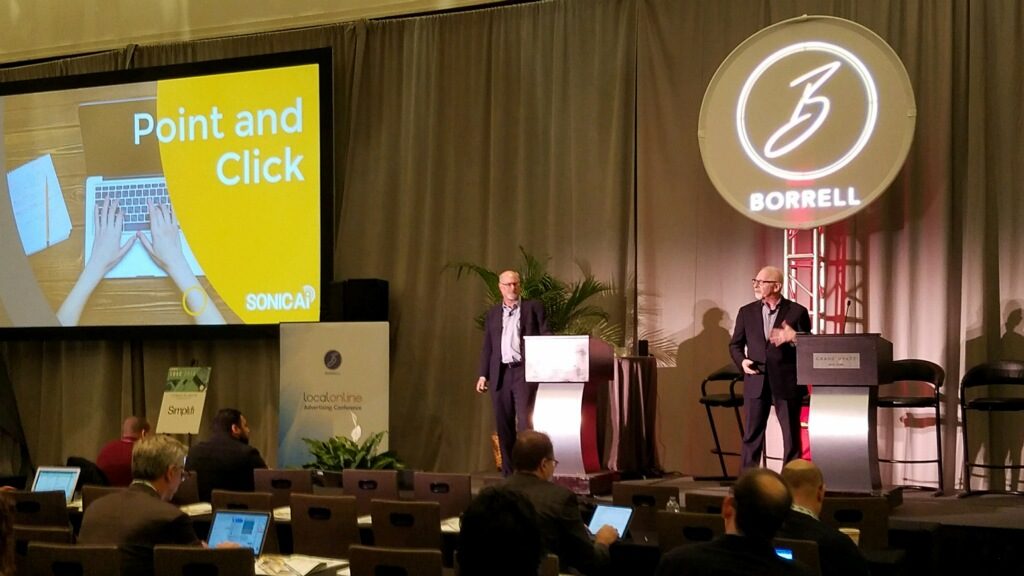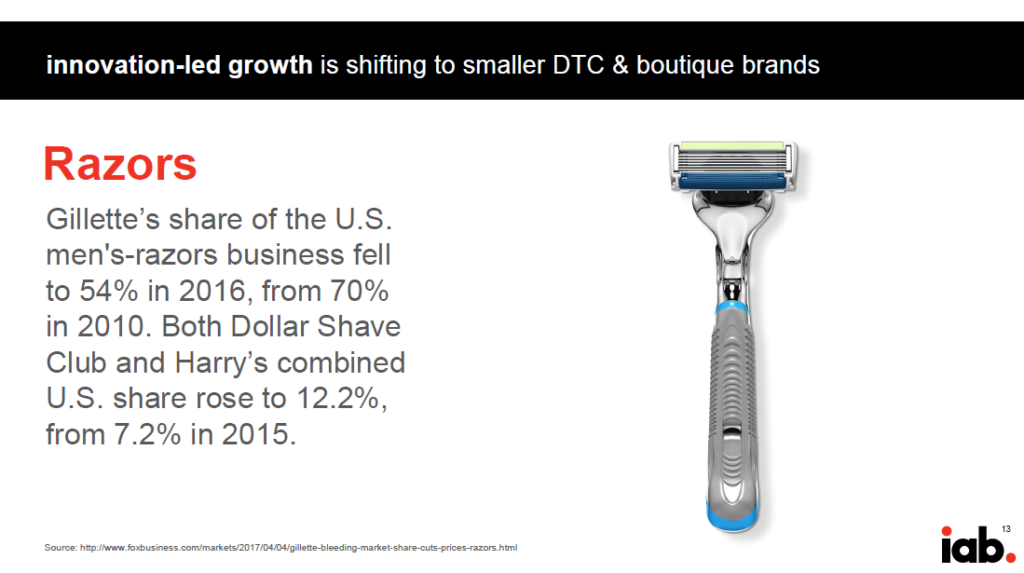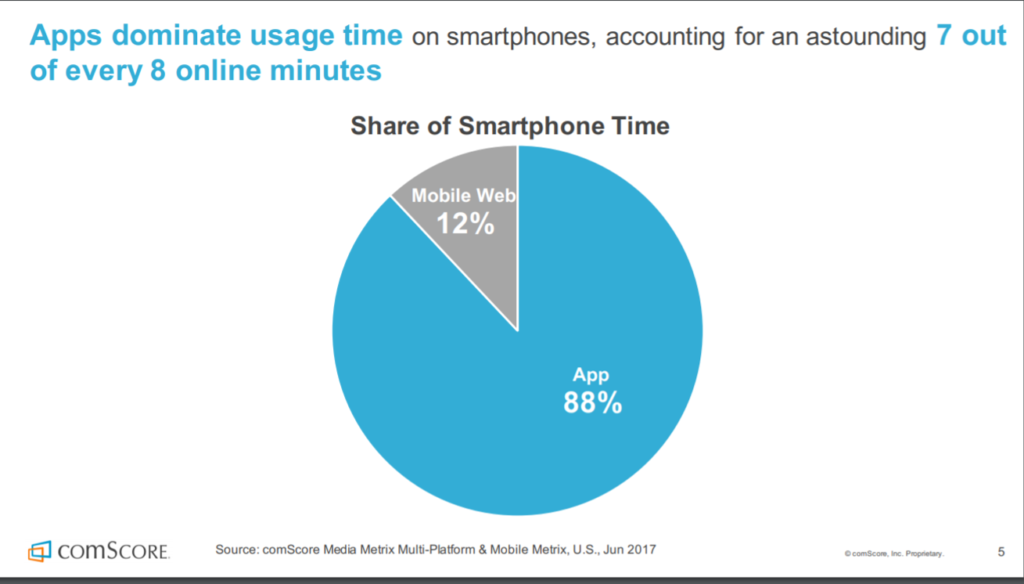
As many of you know, I attend a lot of conferences. I’m fortunate to have the chance to speak or present at many of them. Whether it’s Conclave, Canadian Music Week, a state broadcasters association conference, Podcast Movement, or the NAB, these events are great for networking – and learning.
I know a little something about the art and craft of putting together a conference agenda. We produced the Jacobs Media Summits (and their variants) for nearly two decades with partners as diverse as Radio & Records and the NAB. And our three DASH Conferences with Radio Ink were especially challenging because they were based around a single topic – cars and radio.
Gordon Borrell is the ringleader of this event, and does what seems to be the impossible: brings together brands, companies, and organizations highly competitive with one another. But for a couple days, everyone puts down their swords, their grenades, their tasers, and their rate cards to exchange ideas about the digital advertising climate and how it’s impacting traditional media brands.
When you consider these companies are competing hard for every local dollar in markets as diverse as Olympia, Oklahoma City, and Orlando, it’s an impressive accomplishment to get them in the same room, collaborating on a common mission – how to rocket their brands and their companies in the Digital Age.
The LOAC attracts executives from the newspaper, television, and radio industries. And it’s a great chance for everyone to compare notes, meet one another, and exchange ideas and strategies about the state of the advertising industry in a rapidly changing landscape. As conferences go, this is a friendly one, with plenty of built-in breaks for hanging out and meeting people.
So, I’m writing this post from 35,000 feet, somewhere above Virginia. As I look back at what transpired at LOAC, I’m buoyed by an upbeat, determined mindset of most of the traditional media execs in the room. Everyone is there to learn, exchange ideas, and explore partnership opportunities.
Gordon’s sessions included a “CEO Weigh-In,” featuring Caroline Beasley, GateHouse Media’s Peter Newton, Swift Communications’ Robert Brown, and Nancy Lane who heads up the Local Media Association.
The featured Monday speaker was Rishad Tobaccowala, Chief Growth Office of Publicis Groupe. I’ve written a couple of blog posts over the years featuring his sage and insightful “take” on the media industry. Rishad is a prescient observer of the world of technology and marketing, and shared his perspective in a keynote called “The Future Of Advertising Doesn’t Fit In The Containers Of The Past” – exactly what most LOAC attendees needed to hear.
And then Rishad made this observation: “Voice is seminal – already bigger than most people think.” Yup, that was a show stopper for me.
On the second day, the IAB’s CEO, Randall Rothenberg. put together a solid presentation – “The Future Of the Digital Ecosystem.” He talked about how growth in the brand economy – like traditional P&G products – has slowed to a virtual halt as new e-commerce products and services have emerged and thrived.
The difference today is that the barrier to entry of a Dollar Shave Club or a Harry’s is minimal. They can farm out, lease, or rent manufacturing, logistics, marketing, sales, and distribution.
And the David vs. Goliath impact on traditional brands is immense. Gillette has watched its share of the razor market fall precipitously in just a couple years.
It’s happening in other categories, too – contact lenses, toothpaste, pet food, mattresses, and luggage – just to name a few.
In the process, another 12,000 brick and mortar stores are scheduled to shut down this year, as e-commerce and its tributaries continue to grow, thanks in large part to the crowd.
I thought to myself that radio sales executives – GSMs and DOS – should have been in this room. Yet, radio only made up about 10% of LOAC’s attendance.
Another impressive presentation was from the Chairman Emeritus & co-founder of comScore, Gian Fulgoni, an industry legend. He gave us a non-stop 40 minute tour about “Future Platforms” from smart speakers, mobile, and OTT. His charts were clean, his observations were spot-on, and he darted from topic to topic seamlessly.
Gian talked emerging technology, but I was gratified to see him spend time on smartphones and apps – a platform that is near and dear to my heart. He showed us comScore data that validates the app vs. mobile web debate – or what’s left of it.
 Entercom’s Tim Murphy put together a sharp presentation about “attribution,” and how his company is compiling ROI stories that prove radio’s value in the marketplace. I thought I knew what Entercom was up to until I saw Tim’s deck. These guys are on the move.
Entercom’s Tim Murphy put together a sharp presentation about “attribution,” and how his company is compiling ROI stories that prove radio’s value in the marketplace. I thought I knew what Entercom was up to until I saw Tim’s deck. These guys are on the move.
And all these sessions nicely teed up Steve Goldstein and my presentation: “Key Strategy For Future Platforms: Smart Speakers.” We tag-teamed a fast-moving deck that laid out the need for brands to not just build skills for devices like the Amazon Echo and the Google Home, but to carve out audio strategies – whether you’re WMMR, the St. Louis Post-Dispatch, or KSTP-TV.
Voice is truly becoming the next connection point, and as Gian Fulgoni urged the room:
“Get in the game.”
I hit the taxi on the way to Laguardia, my head spinning with ideas, strategies, and next steps – not just for Jacobs Media, jācapps, and SonicAi (our smart speaker spin-off), but for all of you reading this blog.
Let’s talk about it.
We’ve put together an E-book from SonicAi, “Look, No Hands – A Guide To Voice-Activated Smart Speakers.” You can access it free here.
- Media And Technology In 2025: Believe It Or Not! - April 18, 2025
- In Radio, You Just Never Know - April 17, 2025
- The Secret To Making A Great Podcast (And Great Radio) - April 16, 2025




Talk about ahead of the curve ! Thanks. Link especially appreciated (and especially useful)
Thanks, it’s becoming a more interesting space – by the week! Thanks, Tom.